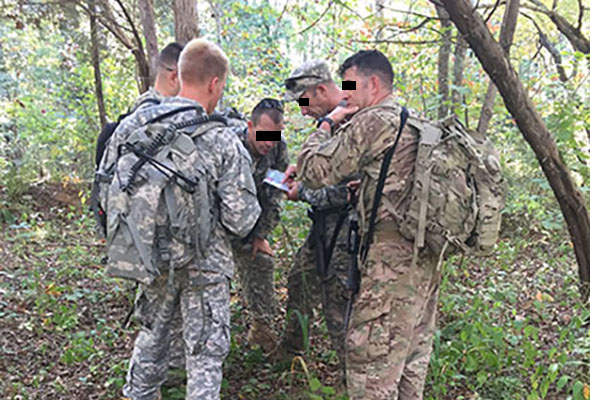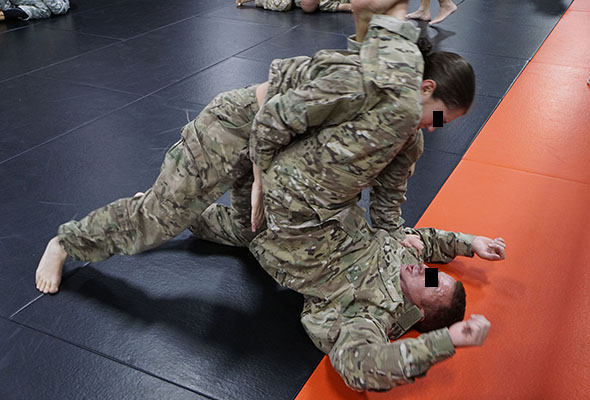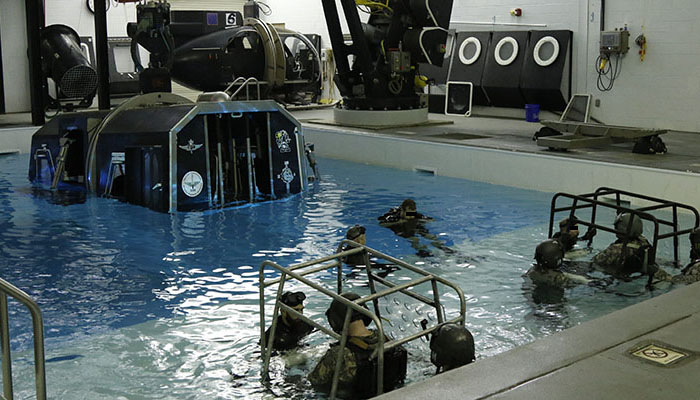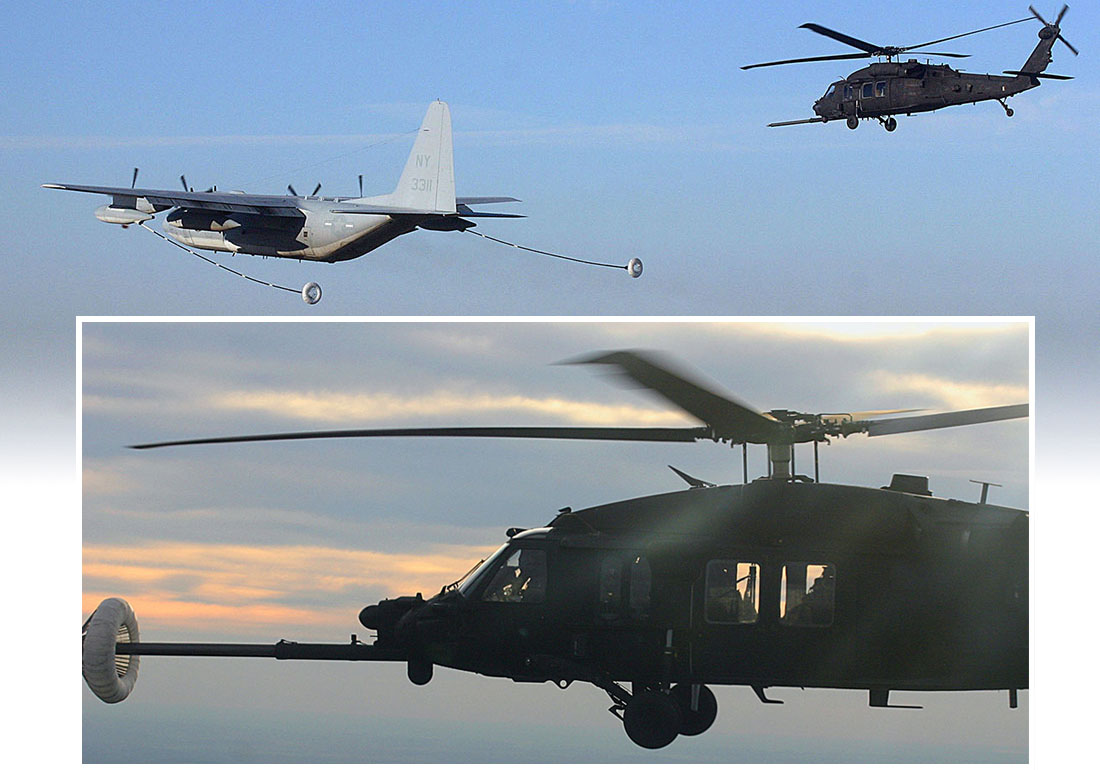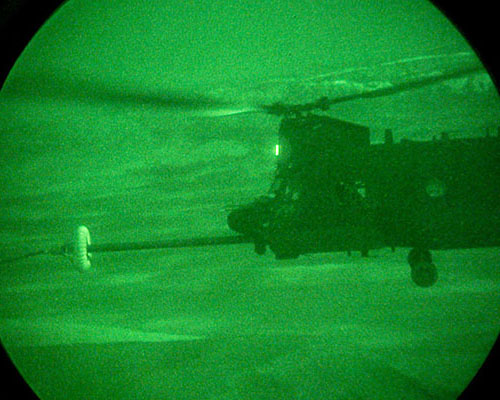NOTES
Note: IAW USSOCOM sanitization protocol for historical articles on recent operations, pseudonyms are used for majors and below who are still on active duty, unless names have been publicly released for awards/decorations or DoD news release. Pseudonyms are identified with an asterisk (*). The eyes of active ARSOF personnel in photos are blocked out when not covered with dark visors or sunglasses, except when the photos were publicly released by a service or DoD. Source references (end notes) utilize the assigned pseudonym.
Note: This article was originally written in 2016. All information is current as of that date.
In June 2011, a Distinguished Military Graduate of ROTC at Truman State University in Kirksville, Missouri, completed a B.S. degree in Health and Exercise Science. Commissioned a Second Lieutenant (2LT) in Aviation, he completed the Initial Entry Rotary Wing Course and the AH-64D Longbow Apache Course at Fort Rucker, Alabama. Following flight school, the 2LT attended Survival, Evasion, Resistance, and Escape (SERE) school before reporting for assignment to the 1st Battalion, 101st Combat Aviation Brigade, at Fort Campbell, Kentucky.
The pilot’s stateside and overseas combat duty positions included Attack Helicopter Platoon Leader and battalion Assistant S-3. In 2015, having accrued 500 flight hours, and with eight months left on assignment, the now-captain (CPT) got a personal email from the 160th Special Operations Aviation Regiment (SOAR), signed by the Regimental Commanding Officer (RCO), inviting him to apply to be assessed and trained into the unit. He had seen SOAR advertisements and attended Special Operations Recruiting Battalion (SORB) briefings before, but now he was ready to pursue a new challenge in his career. The CPT visited the SORB to submit an application to be assessed and trained as a Night Stalker.


